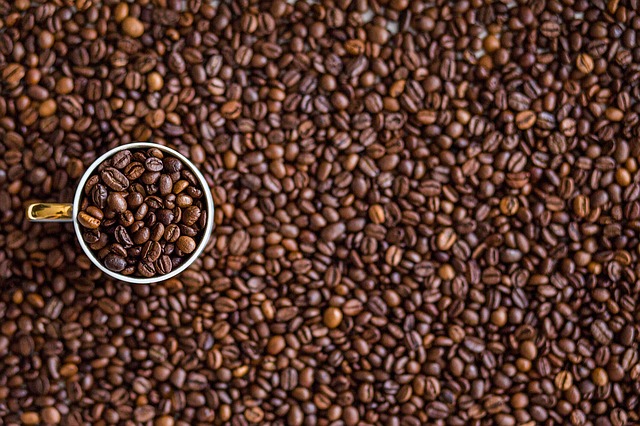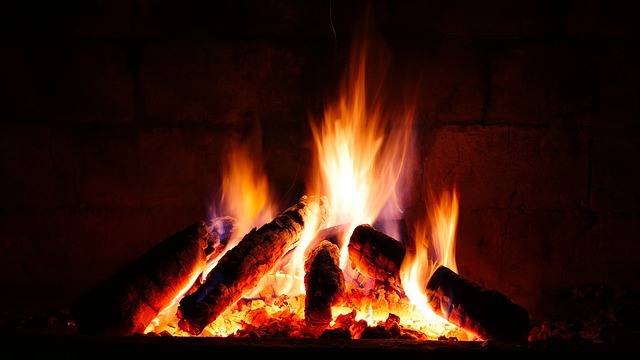A certain quantity of coffee is good for your health, but too much of it becomes poisonous. Caffeine is the active ingredient in coffee.
In a cup of coffee, the content of caffeine varies, ranging between 50 and 400+ mg per cup. According to a Zagat study conducted at the start of this year, about 87% of Americans take a cup of coffee every day and 55 percent actually admitted that they are addicted to this daily cup. It is therefore important for every one conscious of their health to know how much coffee per day is healthy.
Caffeine is one of the most widely consumed stimulants, which targets the central nervous system and increases the alertness of your brain. For healthy individuals, caffeine quantity of 400mg a day which is equivalent to around 4 cups of coffee is safe. Even though it offers quite a number of benefits to consumers, it is necessary that you listen to your body. Some people can consume a strong mug of coffee and feel wow. Others may take half a mug and start feeling nervous and experience stomach upsets. It differs from one person to another when it comes to how much coffee to take.
-
Consequences of too much caffeine
Just because a little bit of something is beneficial does not imply that an entire lot is necessarily safer, or even better. Too much consumption of caffeine can be dangerous to your health. Taking 500 to 600 mg can lead to short term symptoms like tremors, restlessness, stomach upset, insomnia and irritability.
-
Moderate coffee intake is the key to optimise its benefits

Although many people enjoy taking large quantity of caffeine to jumpstart the day, a research on the ideal caffeinating strategies showed little, frequent amounts of caffeine (about a quarter cup of coffee) per hour is the most ideal strategy to remain alert and awake the whole day. Caffeine reaches the optimum level in the blood stream in less than an hour of consumption and remains elevated for a period of 3 to 5 hours. Optimising effects of caffeine stimulant over a whole day may mean you interchange your mug of coffee with a teacup a number of times a day.
-
Conclusion
 Bear in mind that there are several other sources of caffeine other than coffee. These include soft drinks, some medications, tea, energy drinks etc. Depending on one’s genetic makeup, your body may tolerate little caffeine or a lot of it. Most people lie somewhere in the middle. Even if the general rule reccomends 400 mg of caffeine per day, one should factor in the individual genetic variations when determining how much coffee per day is healthy…
Bear in mind that there are several other sources of caffeine other than coffee. These include soft drinks, some medications, tea, energy drinks etc. Depending on one’s genetic makeup, your body may tolerate little caffeine or a lot of it. Most people lie somewhere in the middle. Even if the general rule reccomends 400 mg of caffeine per day, one should factor in the individual genetic variations when determining how much coffee per day is healthy…




